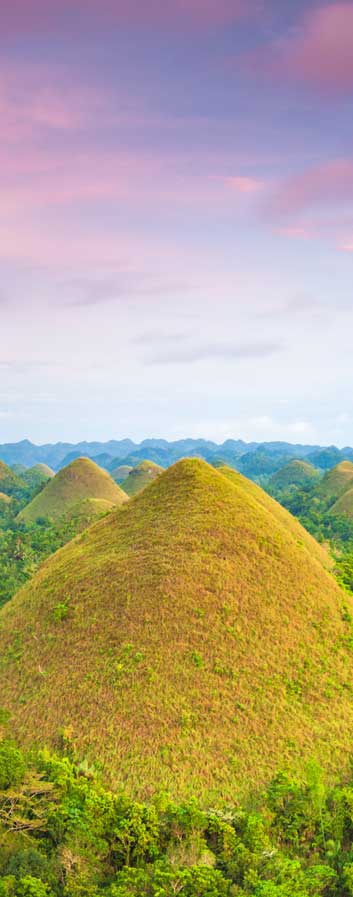Kanheri Caves
Located within the forests of Sanjay Gandhi National Park at Borivali in Mumbai, Kanheri Caves are among the earliest cave temples in India along with Karla and Ajanta Caves.
Chiseled out of massive basaltic rocks, the ancient monument has magnificent reliefs of Buddha and the Bodhisattvas. The caves were used by monks as residence during monsoon and for congregational prayers.
Built between first century BCE and 10th century CE, the earliest caves were carved out at the same time as Ajanta. The caves, highest situated at a height of 1500 ft above sea level, number 109. Kanheri is derived from the Sanskrit word Krishnagiri, which means black mountain. Kanheri originates from Sanskrit word Krishnagiri. Krishna generally stands for black color. The other name in vogue was “Khaneri” which means black mountain.
The topography of the Western Ghats – with its flat-topped basalt hills, deep ravines and sharp cliffs – were found very suited for building of rock-cut temples by the early Buddhists. Working through the day, the monks carved out chaityas and viharas from the basalt rocks. Unlike Elephanta Caves, known for its splendor, Kanheri caves are spartan and unadorned.
Kanheri caves also showcase proof of the earliest attempts at rainwater harvesting by ancient Indians. On top of the hill above the caves, can be found remains of an ancient system to harvest rainwater. Rainwater was channeled into huge tanks through canals and cisterns. An important Buddhist settlement on the Konkan coast, Kanheri became an important university center during the Maurayan and Kushan dynasties. Records suggest Buddhist teacher Atisha (980-1054) came to Krishnagiri Vihara to study Buddhist meditation under Rahulagupta in the late 10th century. Kanheri was also connected with trade centers like the ports of Sopara, Kalyan, Nasik, Paithan and Ujjain.
Viharas: Kanheri Caves were used as viharas by Buddhist monks who lived, studied and meditated in the caves. Each vihara cave had, and can be seen still, a stoneplinth for a bed. Chaityas: The larger caves were used as chaityas or halls for congregational worship. The caves were lined with intricately carved Buddhist sculptures and even contain rock-cut stupas for congregational worship. Avalokiteshwara is the most prominent figure.
Stone Inscriptions: As many as 51 inscriptions and 26 epigraphs are found at Kanheri. The inscriptions are in Brahmi, Devanagari and Pahlavi. Paintings: The unfinished paintings of Buddha on the ceiling can be found in Cave number 34.



































